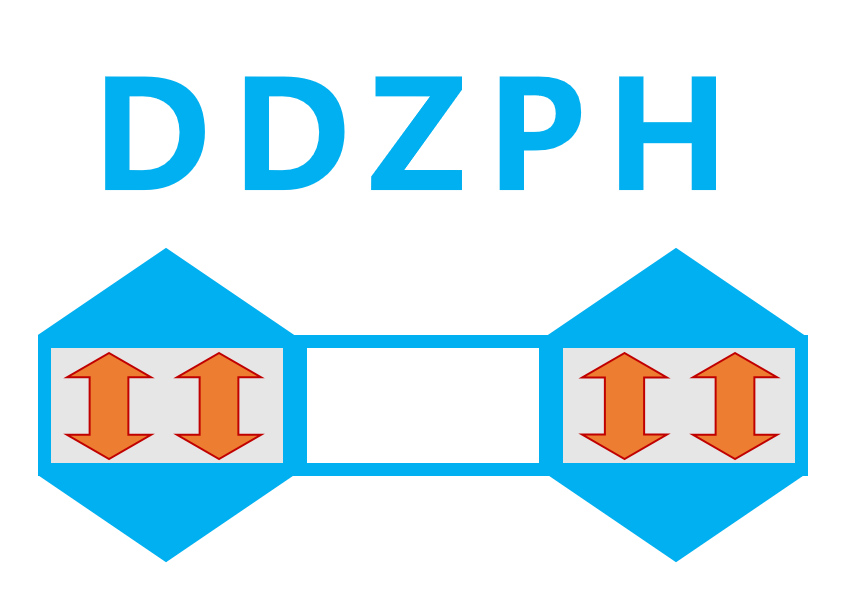Bi-directional static load testing
Bi-directional static load testing is an innovative pile testing method. In the US, The test is also known as O-cell load test, which is named after Prof J. Osterberg. In China, the test is developed by Prof. Gong Weiming, and is known as self-balance load test.
One or more hydraulically pressure load cells are used in bi-directional static load testing. The load cell is attached to the reinforced steel cage, then they were lowered into the hole. After the concrete pouring and a minimum required concrete strength reached, the test may be started.
At the level of the load cell, the pile is separated into two elements by applying hydraulic pressure to the cell. As the load is applied, the two pile elements begin to move in two directions – upward against upper skin friction and downward against lower skin friction and base resistance.
In order to determine the maximum bearing capacity, the test is typically performed until the ultimate capacity in either shear or end bearing is reached. Sometimes, the load is applied to the maximum capacity of the load cell if no failure of shear or end bearing is reached.
The addition of strain gauges within the shaft can help to determine the distribution of the load throughout the shaft length.
